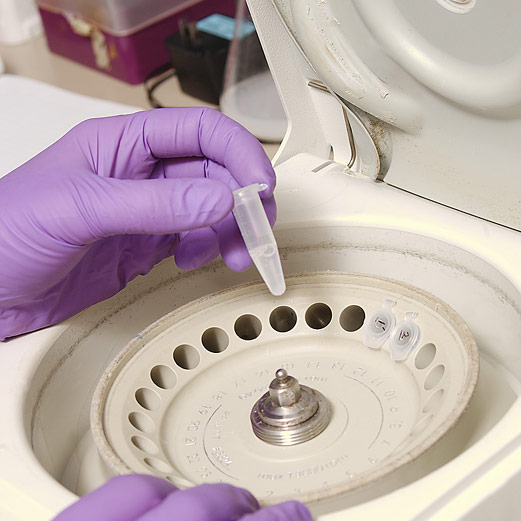TUESDAY, Aug. 23, 2016 (HealthDay News) — The use of power morcellators — cutting tools used in minimally invasive gynecological procedures — has dropped significantly for hysterectomies since the U.S. Food and Drug Administration warned against their use two years ago, a new study finds.
Power morcellators have small blades that rotate rapidly. When used in minimally invasive hysterectomies or for the removal of noncancerous growths on the uterus known as fibroids, they slice the tissue into smaller pieces that are removed through a small opening in the abdomen.
But tiny pieces of tissue can also spread to other areas of the body. And, sometimes, undetected cancers can be cut up with the healthy tissue. If that cancerous tissue isn’t completely removed, those cells can cause cancer elsewhere. That’s what prompted the FDA to issue its 2014 warning, the researchers explained.
The new study looked only at the change in the rate of hysterectomies since the FDA warning was announced. Hysterectomies can be used as a treatment for a number of conditions including fibroids, vaginal bleeding, vaginal prolapse (when the vagina falls out of position) and pelvic pain, according to lead researcher Dr. Jason Wright.
“As a result of the FDA guidance, the rate of minimally invasive hysterectomy has declined. However, there is still a risk of cancer in women who undergo morcellation,” Wright said. He’s an associate professor of obstetrics and gynecology at Columbia University College of Physicians and Surgeons, in New York City.
A hysterectomy can be performed in a number of different ways: through the vagina, through the abdomen or through minimally invasive laparoscopy, according to the American College of Obstetricians and Gynecologists (ACOG).
Following the FDA warning, abdominal hysterectomies have again become more common, with no increase seen in major complication rates, Wright said.
“Additionally, despite the publicity surrounding morcellation, the rate of cancers and other abnormal problems remained largely unchanged,” he noted.
Even with increased scrutiny, “There is a risk of malignancy in women undergoing morcellation and caution should be used with the procedure,” he said.
The report was published Aug. 23 in the Journal of the American Medical Association.
For the study, Wright and colleagues collected data on more than 200,000 women who had a hysterectomy. Among these women, 58 percent had a minimally invasive procedure, the study showed.
In 2013, nearly 14 percent of minimally invasive hysterectomies were done using power morcellation. By 2015, the use of power morcellation had dropped to 3 percent, the researchers found.
The FDA first approved power morcellation in 1995. By 2013, there were reports of women’s cancers spreading after the procedure.
Not everyone agreed with the FDA’s warning. ACOG executive vice president and CEO Dr. Hal Lawrence said in a 2014 statement, “Although the worsening of an occult [hidden] malignancy as a result of power morcellation is, of course, tragic, we believe that an approach that combines deliberate patient selection criteria with robust informed consent will help protect women from a negative outcome, while maintaining access to morcellation for women who would benefit from it.”
Of the new study, Dr. Mitchell Kramer said, “These results are not surprising under the circumstances.”
The increase in open, or abdominal, procedures was the inevitable outcome, he said.
“There probably aren’t enough minimally invasive surgeons around who can handle the volume of cases, so doctors are doing cases open,” noted Kramer. He’s chairman of obstetrics and gynecology at Northwell Health’s Huntington Hospital, in New York.
Kramer said that the FDA had no choice but to issue a warning. “The studies have shown that the incidence of cancer is higher than we thought, and the potential of spreading disease is greater than we thought,” he said.
But he added that obese women and women with large fibroids can potentially benefit from power morcellation.
“There is still a place for power morcellation — we just need devices and techniques that are safe and user-friendly,” he said. A number of new power morcellation devices are being developed, he added.
More information
For more on hysterectomy, visit the American College of Obstetricians and Gynecologists.
Copyright © 2025 HealthDay. All rights reserved.

